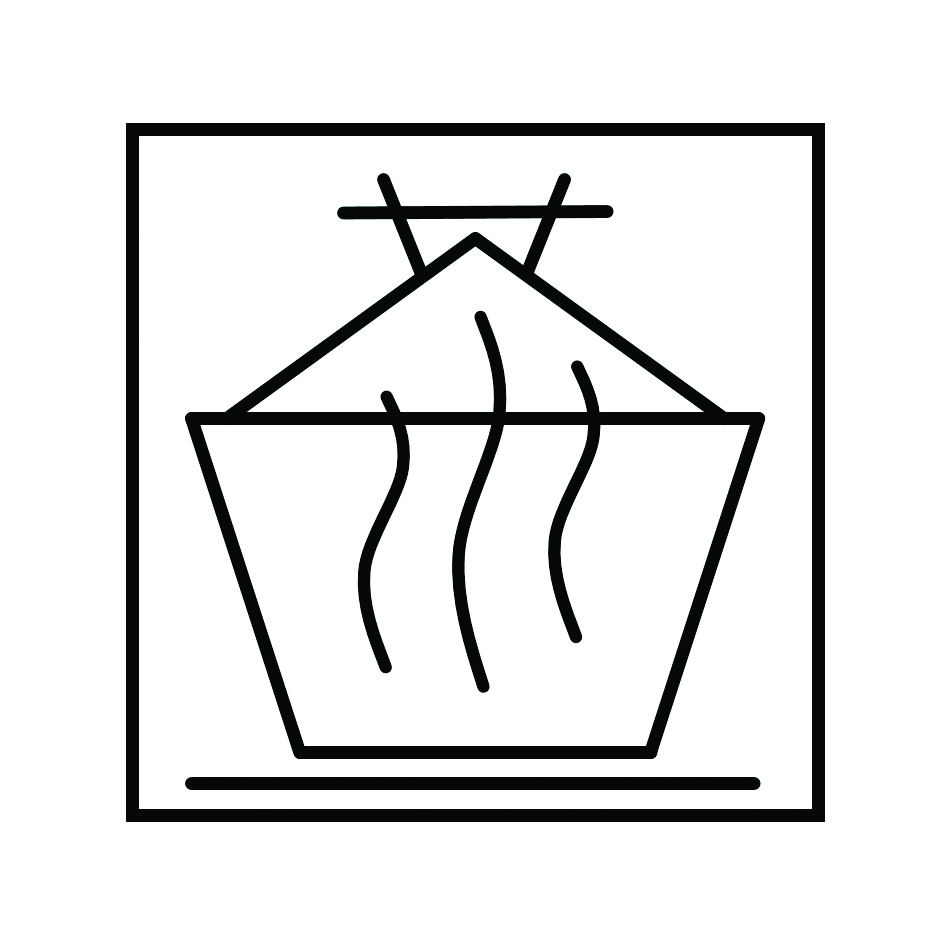Crazy Rich Teapot.

潘壶
–
pan hu
–
Mister Pan’s Teapot
The Panhu is the only teapot shape that got its name from the surname of a person: Pan is the last name of 潘仕成 Pan Shicheng, an official from the Qing Dynasty whose family made a lot of cash from trading salt. Like many of the superrich, he was an avid collector of art and a tea lover. Mister Pan started commissioning teapots from Yixing master potters, but instead of stamping the teapots with the potter’s seal, his teapots were only stamped on the lid with the character ‘Pan’. Also, the shape of the teapots basically remained the same regardless of the potter. He bought a lot of teapots for himself, but also as gifts (he was a businessman, after all). The teapot shape became recognizable and it became known as Panhu. Other people started buying the same shape of teapots as well.
It is said that the Panhu draws inspiration from the Fanggu and Duoqiu teapot styles. There are three categories of Panhu: 矮潘 Aipan, 中潘 Zhongpan, 高潘 Gaopan (flat Pan, medium Pan, tall Pan). They all have a round body, usually with a distinctive neck section ending in a rimmed lid (sometimes the teapot body also has a rim). It stands on a ringed base, the handle is roughly circular, the spout is gently curved. The flatter styles are said to resemble a persimmon, the taller shapes are more pear-shaped. Comparing those variations of the same teapot shape, it is interesting to see how design choices follow functionality and ratios. Taller Panhu are more likely to sport a double rimmed lid or an additional little ‘fly’ at the base of the handle since there is more vertical space to work with.
Get yourself some ‚Teapot Shapes I‘ and ‚Teapot Shapes II‘ postcards!
LY
